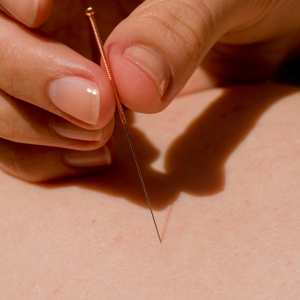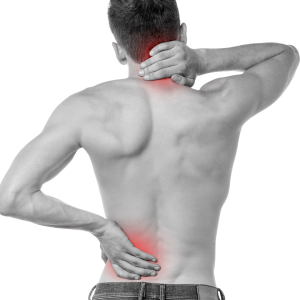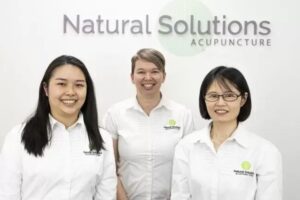 What is dry needling?
What is dry needling?
Dry needling versus acupuncture is a hot topic at the moment. In recent years the practice of dry needling has become very popular treatment method for professionals like physiotherapists, chiropractors, osteopaths, podiatrists and members of similar professions.
It is called dry needling because it involves the insertion of needles only, as opposed to wet needling where a substance is injected. It is used to treat musculoskeletal problems and needles are inserted in so-called trigger points. These are points in the muscle fibres and surrounding fascia that are associated with palpable knots.
How does it work?
With dry needling the needle is inserted into the trigger point, the knot in the muscle. The needle is inserted quite deep which causes a local twitch response. This is the muscle quickly contracting and relaxing. This can cause the muscle to ache and you can feel some referral pain. The objective is to relax the muscle and reduce tension in the area.
Why is it called dry needling and not acupuncture?
Practitioners use the term dry needling because in Australia you can’t call yourself an acupuncturist unless you have a minimum of a 4-year degree in Chinese medicine and are registered with AHPRA, the Australian Health Practitioner Regulation Agency.

Dry needling practitioners require as little as 16 hours in training before they are qualified to perform the practice. In comparison, a registered acupuncturist has approximately 850 hours of needling training and supervised clinical practice.
For dry needling there are no registering body and no legal requirements, except for local government regulations regarding the premises where dry needling is performed.
What conditions is it used for?
Dry needling is most commonly used for pain relief in case of musculoskeletal problems. This includes:
 Neck and shoulder pain
Neck and shoulder pain- Back pain and sciatica
- Knee pain
- Tennis and Golfers elbow
- RSI
- Muscle injuries
- General pain relief
What are the benefits of acupuncture over dry needling?
Dry needling is only one of the techniques used by a registered acupuncturist. It also tends to be one of the more painful ones. An acupuncturist has more gentle techniques to offer with the same results.
Acupuncture also takes care of the reason behind the muscle tension as well as the muscle tension itself, it is a much more holistic practice. Dry needling is a local treatment, reducing the tension in that particular muscle but with acupuncture we can really make sure that the muscle tension does not reappear within a few hours or days after the treatment.
Because registered acupuncturists have much longer and more specific training in using acupuncture needles you are in safer hands and your treatment will likely be less painful.
How do I know I am seeing a fully qualified acupuncture and dry needling practitioner?
Make sure that your practitioner is registered with AHPRA as an acupuncturist or Chinese medicine practitioner. You can check this online here or you can ask your practitioner for their registration number. It is important to make sure the registration is for ‘Acupuncture’ or ‘Chinese Medicine’, not ‘Physiotherapy’, ‘Chiropractic’ or other registered professions.
A registered practitioner will have a registration number starting with CMR which indicates they are registered under the Chinese Medicine Board of Australia.
 Are the practitioners at Natural Solutions registered acupuncture practitioners?
Are the practitioners at Natural Solutions registered acupuncture practitioners?
Yes, all our practitioners are fully registered as Chinese medicine practitioners, acupuncturists and Chinese herbalists. This means you’re in safe hands and will be receiving the best level of care.
How do I make an acupuncture appointment?
You can book your appointment online here or give us a call on 0414 067 874.

